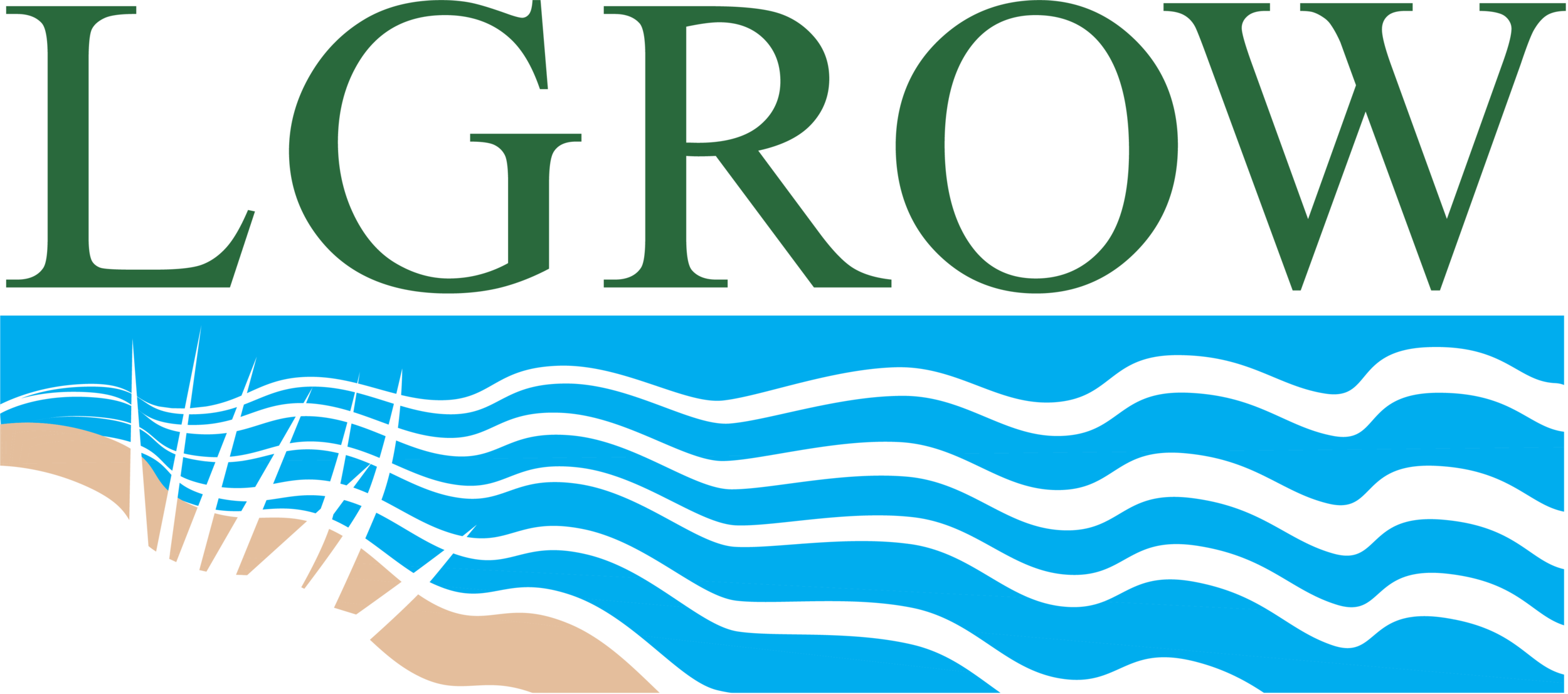Stormwater
What is stormwater?
Stormwater runoff is generated from rain and snowmelt that flows over land or impervious surfaces, such as paved roads, parking lots or building rooftops, that does not soak into the ground. Stormwater flows into drains that take it directly to nearby lakes, rivers and streams.
To learn more about stormwater and how it is managed at the national level, click here. For more information about municipal stormwater programs in Michigan, click here.
Stormwater is NOT treated before it reaches our waterways. Therefore it is extremely important to follow some simple best management practices (BMPs) in order to minimize the pollution that reaches our lakes, rivers and streams. The photos below illustrate how our actions can impact stormwater runoff.
What is an MS4?
Municipal Separate Storm Sewer System -Stormwater runoff is transported through Municipal Separate Storm Sewer Systems (MS4s) and then discharged untreated into local waterbodies. The MS4 is a conveyance or system of conveyances that is owned by a municipality that discharges to waters of the United States that is not a part of a combined sewer or sewage treatment plant. To prevent harmful pollutants from entering the waterways through MS4s, certain municipalities are required to obtain permits and develop stormwater management programs. More information can be found here.
Definitions:
Best Management Practices (BMPs) - Structural, vegetative or managerial practices used to treat, prevent or reduce water pollution in stormwater runoff
Point Source Pollution - The U.S. Environmental Protection Agency (EPA) defines point source pollution as “any single identifiable source of pollution from which pollutants are discharged, such as a pipe, ditch, ship or factory smokestack” (Hill, 1997). Point sources receive a wasteload allocation (WLA) and include all sources subject to regulation under the National Pollutant Discharge Elimination System (NPDES) program, such as wastewater treatment facilities, stormwater discharges, and concentrated animal feeding operations *(CAFOs).
Non-point Source (NPS) Pollution - unlike pollution from industrial and sewage treatment plants, non-point source pollution comes from many different sources. NPS receive a load allocation (LA) which include all remaining sources of the pollutant as well as natural background sources.
Stormwater BMPs:
Wash your car at the car wash or on the grass (NOT on the driveway!)
Keep stormdrains clear of debris and trash
Use phosphorus free fertilizer (or don't use any)
Shovel first, salt second (or not at all)
Do not put anything in a storm drain (only rain in the drain)
Green Infrastructure
Green infrastructure is the practice of infiltrating stormwater by use of natural systems in order to reestablish a healthy water flow. These systems allow for the infiltration of stormwater before it is released into conventional storm and sewer system, protecting our lakes, rivers, and streams from harmful pollutants. These practices lead to vital community features such as public parks, forests, rivers, wetlands and lakes. Using these natural systems to treat stormwater results in cleaner water, improved air quality, healthy wildlife habitats, and safe recreation sites. Urban areas are beginning to face new state and federal regulations to clean up rivers and reduce stormwater runoff. With green infrastructure these communities can create comprehensive plans, determine new development areas, and redevelop other areas in need and will improve local communities and attract good jobs.
There are many different types of green infrastructure that range from simple rain barrels all the way to porous pavement. If you are interested in installing green infrastructure on your property visit Grand River Rainscaping Program: Treating Stormwater Naturally for more information.

